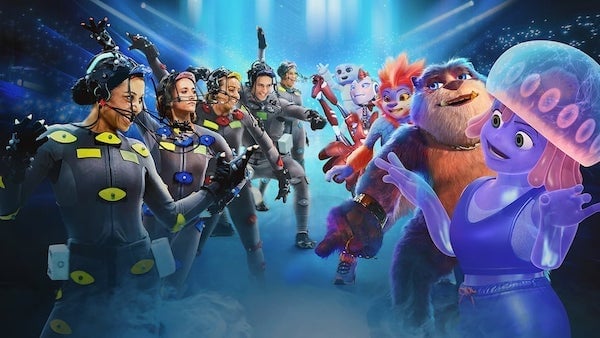Compositing is a highly technical process, but it’s also a very human one—the software doesn’t ultimately create visuals; people do. You can invest in the most expensive and most efficient hardware around, but if you’re unwilling to also invest in people, process, and communication, the work will ultimately suffer.
Below Josh Parks, senior compositor at TRIXTER reveals how supervisors and producers can help keep their compositing teams feeling happy, productive, and efficient, even when things are busy.
1. Should you allocate shot fixes to compositing or lighting? Talk to your artists!
Shot allocation questions can be tricky to solve, especially on complicated shows with large shot counts. But, as is often the case, the problem is usually solved with communication and a little bit of technical knowledge.
Every task is context-specific, and chances are you may have problems on several shots that can all be solved with the same solution. If you’re struggling to decide which department you should allocate a shot fix, talk with lighters and compositors and discuss which can perform a chosen task fastest. A good team will discuss why or, as the case may be, why they should not take on a task, and back up the explanation with information regarding the task’s context and departmental impact.
Taking on a task may multiply some department’s task lists, as their actions have more leverage. Compositing, for instance, can be a very one-shot-at-a time department. Templates can help to soothe things over, but this relies on having a consistent look and AOV names from lighting.
Depending on the sequence, the lighting department could add a light in the scene, which could fix the same issue across multiple shots. Such is not always the case in composting: hacking a fake light into a scene using a normal pass in compositing is very shot dependent and, likely, the fake light setup will need some manual work per shot that the fix is used on.
The takeaway is this: you must talk about the shot because there is never a one-size-fits-all solution. Talk to your artists and plan time accordingly. Sometimes it’s worth giving a lighter or a compositor a little extra time on lookdev if it allows them to quickly roll out the fix across a sequence of shots. Never just dump the task on compositing and think it’s a done deal—you could just be creating more problems in the long-run.

2. Save time by being super, super informative.
Deadlines are important, but compositors should have information on their radar beyond when things need to be finished. Compositors should have ETAs on when they will receive shot elements or what milestones they should work toward in the given week.
Compositors should also be apprised of any changes to a shot as soon as another department makes them. Speaking as a compositor, this is super important. Nothing is more frustrating than working up a shot and its look, only to receive new renders that have taken the look in a different direction and made your work redundant. Or to find you’re fixing an issue lighting has already sorted, meaning you need to undo a ton of work.
Everyone needs to stay in sync to avoid these time sinks. You can save an immense amount of time whenever you make a compositor aware of what is expected of them upfront, whether it’s more work or less. (ftrack Studio is super useful in accomplishing this!)

3. Tell your compositors what to match to.
Giving your compositors all the information they need upfront is a huge, huge, HUGE time saver. If you don’t, it may take your compositors a week or two to grasp the look the client wants, or they might make mistakes otherwise easily avoided. One bit of information you should always try and provide right away is simple: tell your compositors what to match to! If you have a shot in a sequence already completed and approved, tell your compositors what you like about the shot; tell them what works and why. Doing so is an excellent starting point for any compositor to hit the ground running.
When a compositor knows what to match to, they will have excellent aesthetic reference to get started. Furthermore, there may be many useful resources in the existing Nuke script the compositor can grab and reuse. These resources are super-handy if your CG renders all use the same AOV names, as compositors can do a straight swap of renders wherever appropriate.

4. Introduce compositors to their shot’s lighter.
Make sure your compositor knows who’s lighting their shots and where to find them; whether that’s where they sit in the studio or how to connect with them via video call. Sitting with another artist and chatting about a problem is far more productive than sending instant messages. Face-to-face discussions ensure nothing gets misinterpreted.
Discussions between compositors and lighters can highlight problems before they fall in someone’s lap. Receiving a broken render is less galling if the compositor understands the “why” behind the error before they receive it. A free-flowing, person-to-person conversation might also bring up other problems unrelated to the task at hand. For instance, the compositor might mention a tricky tech problem bugging them, which the lighter can easily fix. (Yes, this has happened to me.)
Again, it’s all about communication, communication, communication. The lighter/compositor relationship is crucial.

5. Don’t keep lookdev confined to compositing.
Even if you’ve lookdev’d something in compositing, that doesn’t mean it has to stay there. You can lookdev something in compositing and transfer it to lighting, which can then run the look across a whole sequence of shots. This way, you can try out different lighting looks or material changes and use the result back in the lighting for a consistent look across a sequence, and you gain the benefit of having quickly prototyped the look of a shot or sequence. (As previously mentioned, lighting can make it easier for you to roll out the look across a sequence, rather than having each compositor come up with a new take each time.) Handing over your compositing look to lighting also allows for a faster feedback loop, as you don’t have to worry about the lookdev bottleneck of render time.
Try ftrack Studio with Nuke
Try our Nuke or Nuke Studio integrations with a free trial to see how it can optimize your compositing workflow.

More from the blog
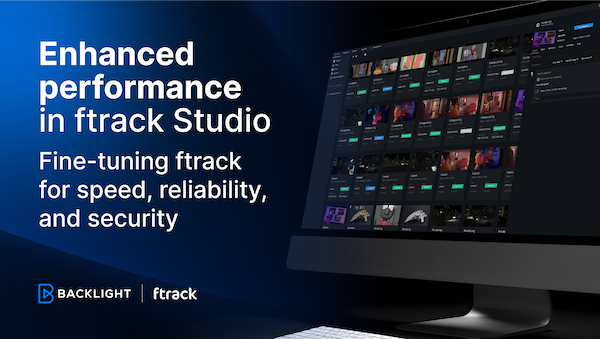
Enhanced performance in ftrack Studio: Fine-tuning for speed, reliability, and security
Chris McMahon | API, Developer, New features, Product, Productivity, Studio | No Comments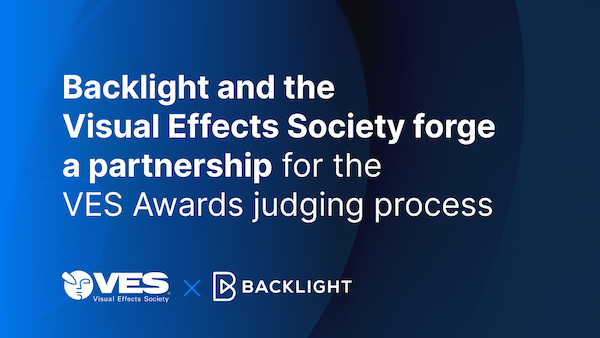
Backlight and the Visual Effects Society forge a partnership for the VES Awards judging process
Kelly Messori | Case Study | No Comments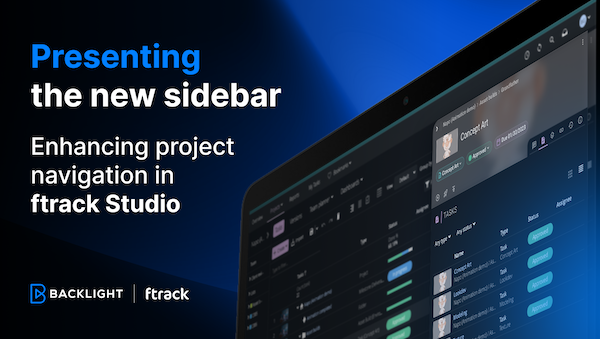
Presenting the new sidebar: Enhancing project navigation in ftrack Studio
Chris McMahon | New features, Product, Release, Studio | No Comments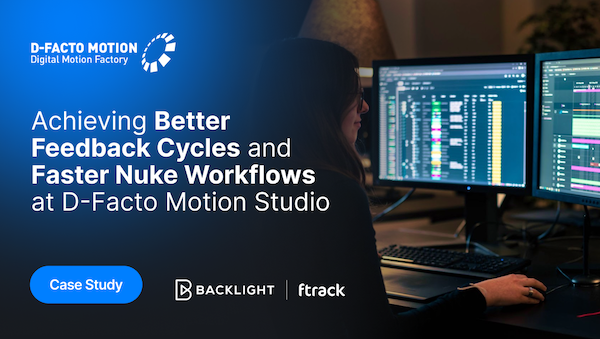
Achieving Better Feedback Cycles and Faster Nuke Workflows at D-Facto Motion Studio
Kelly Messori | Case Study, Studio | No Comments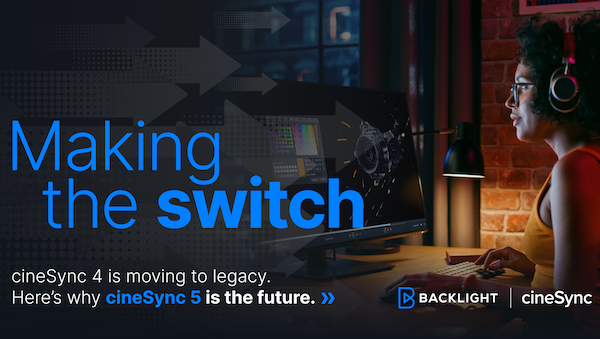
Making the switch: The transition to cineSync 5
Mahey | Announcements, cineSync, News, Product | No Comments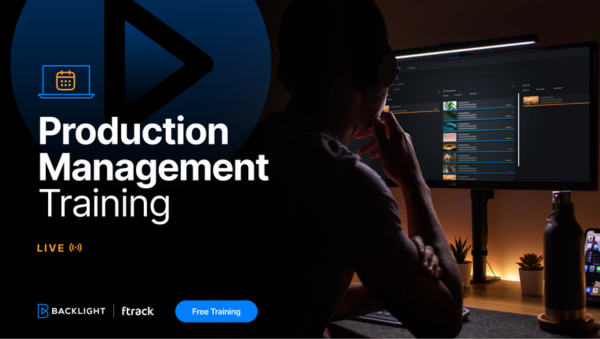
Supporting Your Studio: Free ftrack Studio Training and Office Hours from Backlight
Kelly Messori | News | No Comments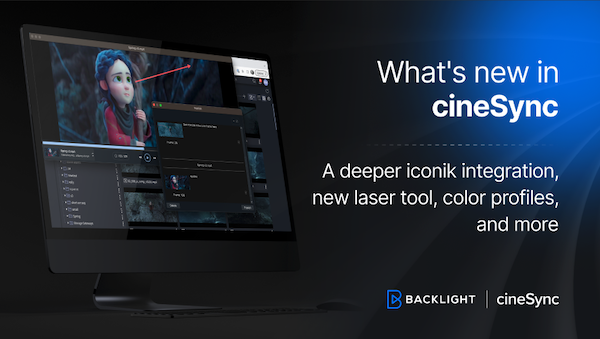
What’s new in cineSync – a deeper iconik integration, laser tool, OTIOZ support, and more
Chris McMahon | cineSync, New features, Product, Release | No Comments